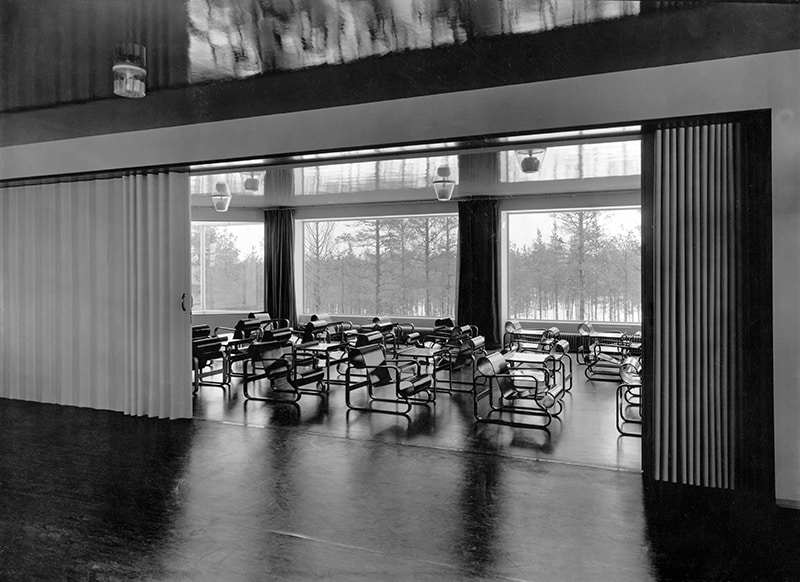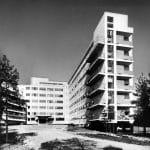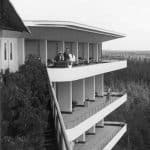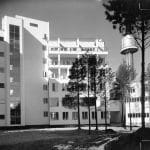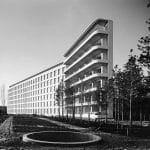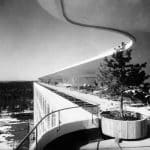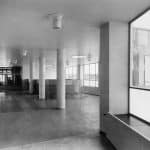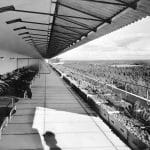—
Designmuseum Danmark will show a pop-up exhibition focusing on Aalto’s outstanding work with shapes, colors and function.
The world-renowned architect and designer Alvar Aalto’s (1898-1976) Paimio Sanatorium from 1933 is a modernist masterpiece. Designmuseum Danmark will show a pop-up exhibition focusing on Aalto’s outstanding work with shapes, colors and function.
In the interwar period, tuberculosis was a widespread and deadly disease: light, air and cleanliness became the new mantra, and Paimio fulfilled it all with a radically renewing architecture. Architecture and design can do it all and support the good life – in this way there is a natural connection to the development of today’s super-hospitals.
The museum owns two of the original chairs from the Paimio Sanatorium.
Care from the inside to the outside
In the middle of the Finnish forests, at the top of an elevation, Paimio Sanatorium’s white buildings blend in with the peaceful landscape. Alvar Aalto believed that sunlight, tranquility and fresh air had a healing effect, and from the very beginning, the work was flooded by the architect’s care for the patients.
The wings of the building faced towards the sun and ensured maximum light drop, just like the large windows let the sunrays through. Large halls with beds allowed patients to breathe fresh air and enjoy the view beyond the terrain.
Paimio Sanatorium at Designmuseum Danmark
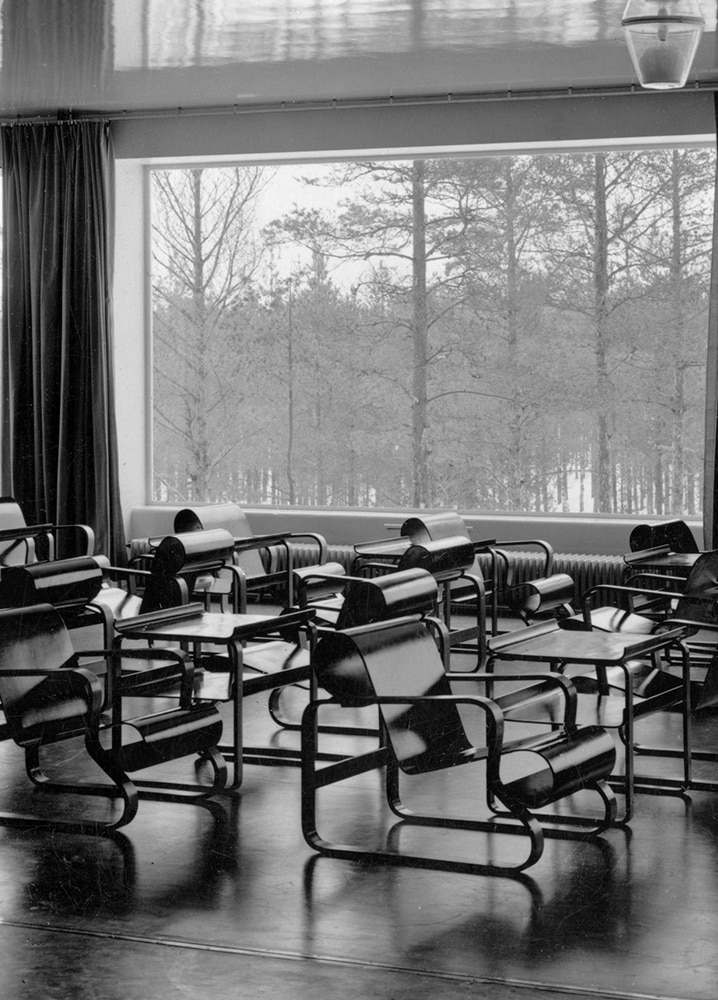 Alvar Aalto was behind all the details of the Paimio Sanatorium and designed everything from the building and the door handles to the lighting and chairs. At Designmuseum Danmark, the audience has the chance to experience some of the atmosphere at the Paimio Sanatorium when the museum shows two of the original Paimio chairs, that were created specifically for the Sanatorium.
Alvar Aalto was behind all the details of the Paimio Sanatorium and designed everything from the building and the door handles to the lighting and chairs. At Designmuseum Danmark, the audience has the chance to experience some of the atmosphere at the Paimio Sanatorium when the museum shows two of the original Paimio chairs, that were created specifically for the Sanatorium.
The Paimio chairs are inspired by Marcel Breuer’s Wassily chair, but Aalto created the chairs with the patient in mind and designed the furniture in the flexible birch tree that would enclose the soft human body. The chairs were designed at a certain angle, which made it easier for the tuberculosis patients to breathe. The chairs are part of Designmuseum Danmark’s own collection.
In addition to the Paimio chairs, the spot exhibition focuses on material samples and drawings, and not least photographs and stories about Alvar Aalto’s groundbreaking work. Altogether, the different elements help recreate the atmosphere once found at the hospital.
Alvar Aalto revolutionized architecture with his human approach to hospitals, and his holistic way of thinking might be worth having in mind when designing the new super hospitals of tomorrow.
Image: Paimio Sanatorium interior color cheme. Oil painting on hardboard.
Photo: Mikko Hietaharju, Alvar Aalto Museum.
About the exhibtion
The spot exhibition is specifically relevant to display at Designmuseum Danmark, as the museum originally was established as the country’s first public hospital – the former Royal Frederik’s Hospital. Even then, visible signs of the human approach we know from Alvar Aalto’s Sanatorium were present.
The exhibition is on display in the small, but centrally located exhibition room 3.
Contact
Nikolina Olsen-Rule
Chief of Communication
+45 31 44 30 61
nor@designmuseum.dk

